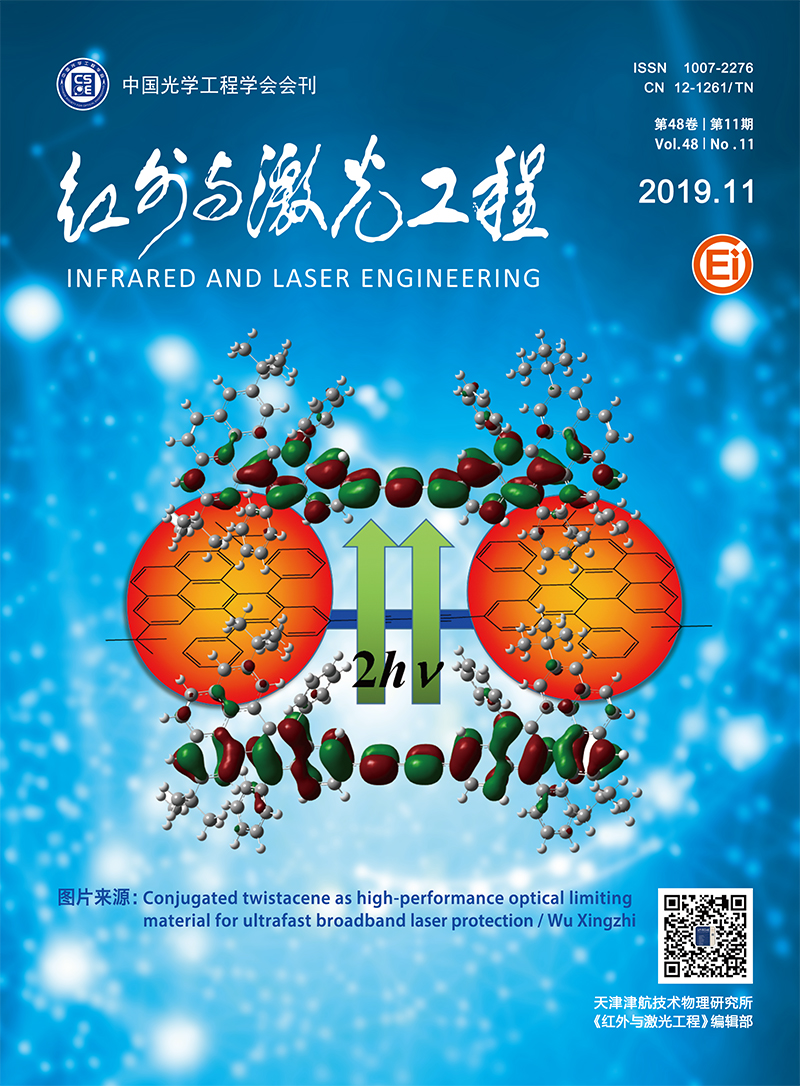|
[1]
|
Yang Hong, Zhang Yasheng, Ding Wenzhe. Detectability of airship infrared detection system to hypersonic vehicle[J]. Chinese Optics, 2016, 9(5):596-605. (in Chinese) |
|
[2]
|
Zhou Heng, Zhang Hanxin. Two problems about boundary layer transition and turbulence of near-space hypersonic vehicle[J]. Journal of Aerodynamics, 2017, 35(2):151-155. |
|
[3]
|
Keidar M, Kim M, Boyd I. Electromagnetic reduction of plasma density during atmosp heric reentry and hypersonic flights[J]. Journal of Spacecraft Rockets, 2008, 45(3):445-453. |
|
[4]
|
Yang H, Zhao C M, Zhang H, et al. Phase noise influence in a dual-frequency laser phase-shift range finder[J]. IEEE Photonics Journal, 2017, 10(1):1-1. |
|
[5]
|
Ye W H, Li L L, Pan C P. Propagation attenuation analysis of high frequency electromagnetic wave in plasma sheath[J]. Science and Technology Innovation Report, 2017, 14(34):57-59. |
|
[6]
|
Chen F F, Chang J P. Principles of plasma processing[R]. New York:Kluwer Academic/Plenum Publishers, 2003. |
|
[7]
|
Tian Yuan, Han Yiping, Niu Huaheng, et al. Effects of weakly ionized hypersonic flow on propagation of terahertz wave[J]. Infrared and Laser Engineering, 2015, 44(12):3690-3695. (in Chinese) |
|
[8]
|
Shi L, Zhao L, Yao F, et al. Telemetry channel capacity assessment for reentry vehicles in plasma sheath environment[J]. Plasma Science and Technology, 2015, 17(12):1006-1012. |
|
[9]
|
Lu D R, Chen Z Y, Guo X, et al. Recent progress In near space atmospheric environment study.[J]. Advance in Mechanics, 2009, 39(6):674-682. |
|
[10]
|
Park C. Assessment of two-temperature kinetic model for ionizing air[J]. Journal of Thermo Physics and Heat Transfer, 1989, 3:233-244. |
|
[11]
|
Gupta R N, Yos J M, Thompson R A, et al. A review of reaction rates and thermodynamic and transport properties for an 11-species air model for chemical and thermal no equilibrium calculations to 30000 K[R]. NASA STI/Recon Technical Report N, 1990, 90:27064. |
|
[12]
|
Wang Yi, Wang Yunmin, Ma Jing. Influence of angle-of-arrival fluctuations on ground-to-satellite laser uplink communication system[J]. Infrared and Laser Engineering, 2018, 47(1):0122001. |
|
[13]
|
Zheng Z, Zha o C M, Zhang H Y, et al. Phase noise reduction by using dual-frequency laser in coherent detection[J]. Optics Laser Technology, 2016, 80:169-175. |
|
[14]
|
Churnside J H, Lataitis R J. Wander of an optical beam in the turbulent atmosphere[J]. Applied Optics, 1990, 29(7):926-930. |









 DownLoad:
DownLoad: